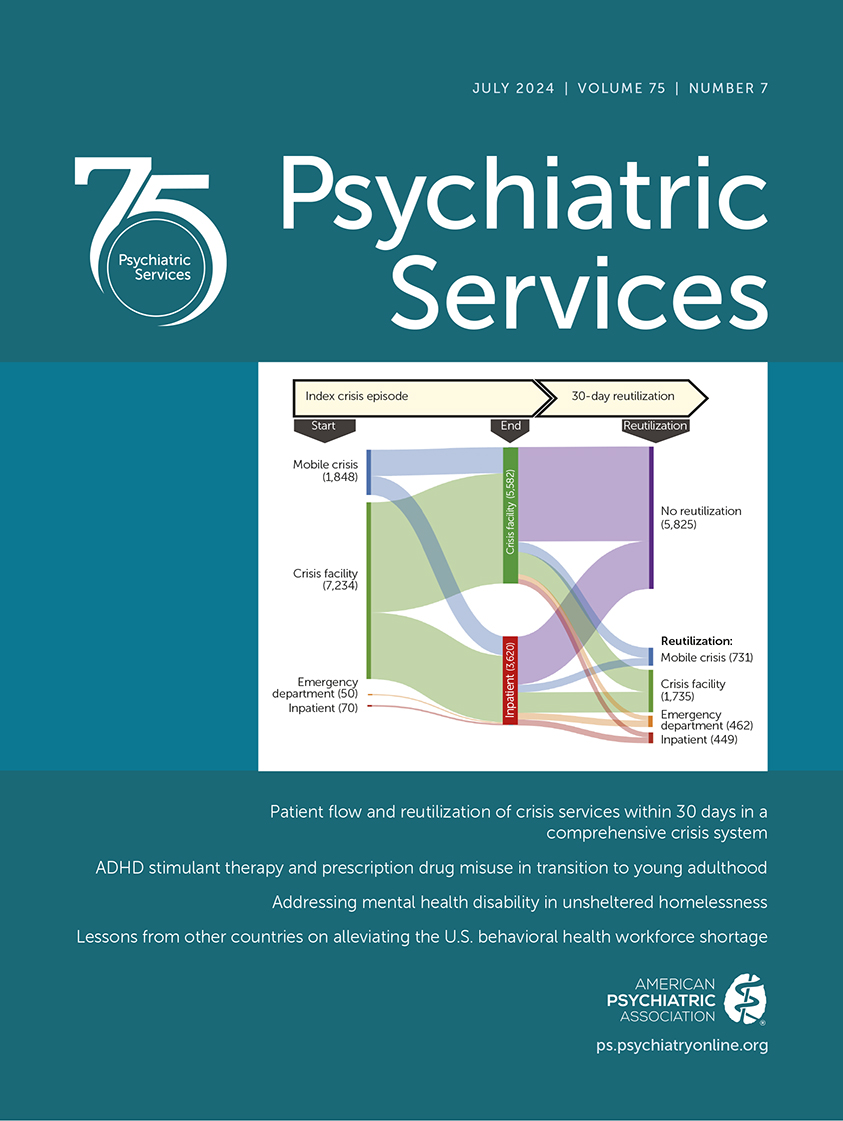Attention-Deficit Hyperactivity Disorder Stimulant Therapy and Prescription Drug Misuse During Transition to Young Adulthood
Abstract
Objective:
Limited prospective data exist about the impact of stimulant therapy for attention-deficit hyperactivity disorder (ADHD) during adolescence on the risk for later prescription drug misuse (PDM; i.e., of benzodiazepines, opioids, and stimulants).
Methods:
National longitudinal multicohort panels (baseline cohort years 2005–2017) of U.S. 12th grade students (N=11,066; ages 17 and 18 years) from the Monitoring the Future study were surveyed via self-administered questionnaires and followed up biennially during young adulthood (ages 19–24). A multivariable analysis was used to assess whether adolescents’ lifetime history of stimulant therapy for ADHD was associated with subsequent PDM.
Results:
Overall, 9.9% of adolescents reported lifetime stimulant therapy for ADHD at ages 17 and 18. No significant differences were found in the adjusted odds of later incidence or prevalence of past-year PDM during young adulthood between adolescents with lifetime stimulant therapy and adolescents with no stimulant therapy. Over the 5-year follow-up, past-year PDM during young adulthood was most prevalent among adolescents who reported both stimulant therapy and prescription stimulant misuse (53.1%) and those who reported prescription stimulant misuse only (51.5%). Compared with adolescents in a control group without lifetime stimulant therapy or misuse, adolescents reporting prescription stimulant misuse had significantly higher adjusted odds of later incidence and prevalence of PDM during young adulthood.
Conclusions:
Adolescents’ stimulant therapy for ADHD was not significantly associated with increased risk for later PDM during young adulthood. In contrast, adolescents’ misuse of prescription stimulants strongly predicted later PDM. Monitoring adolescents for prescription stimulant misuse may help identify and mitigate the risk for future PDM.
Access content
To read the fulltext, please use one of the options below to sign in or purchase access.- Personal login
- Institutional Login
- Sign in via OpenAthens
- Register for access
-
Please login/register if you wish to pair your device and check access availability.
Not a subscriber?
PsychiatryOnline subscription options offer access to the DSM-5 library, books, journals, CME, and patient resources. This all-in-one virtual library provides psychiatrists and mental health professionals with key resources for diagnosis, treatment, research, and professional development.
Need more help? PsychiatryOnline Customer Service may be reached by emailing [email protected] or by calling 800-368-5777 (in the U.S.) or 703-907-7322 (outside the U.S.).



